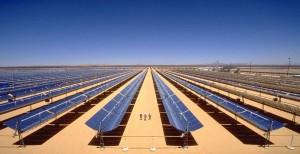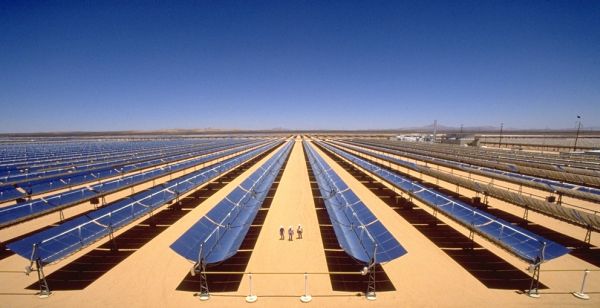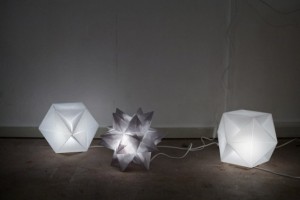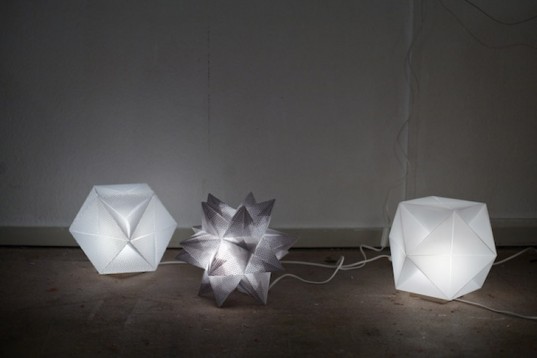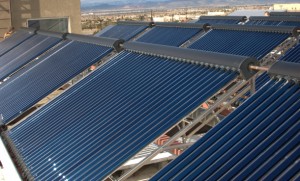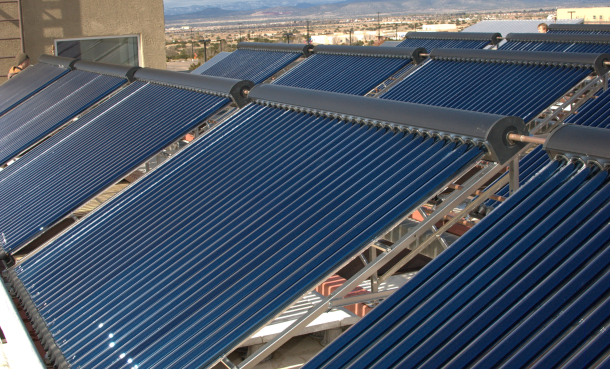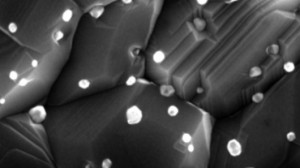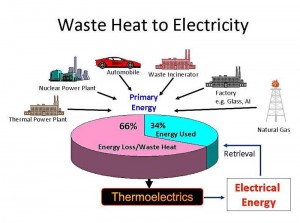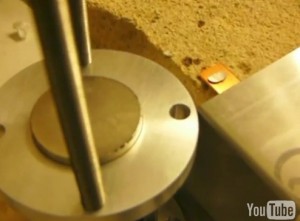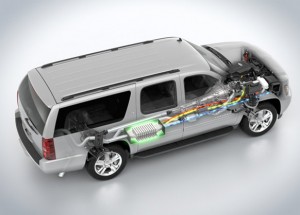Thermoelectric materials are used to convert heat into electricity. These devices have applicability in all kinds of industries and machinery, ranging from cars to coal-fired power plants. The world’s greatest automobile manufacturers, BMW, Ford and GM have committed themselves to equip test cars with prototype thermoelectric devices by the end of this summer and see how they’ll behave.
They expect the efficiency in the equipped SUVs and sedans to raise by up 5 percent. The devices are made by BSST, an Irwindale, California-based thermoelectric manufacturer and by General Motors Global R&D in Warren, MI. Of course, it’s easy to see which devices will go where – BSST will equip BMWs and Fords, and GM will put them on their own Chevrolet SUV.
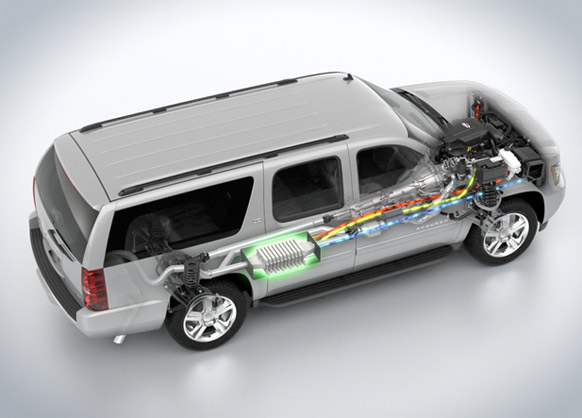
By using new materials, such as blends of hafnium and zirconium, BSST’s devices will work well at temperatures over 250 degrees Celsius, temperature that the bismuth telluride, an usual thermoelectric is limited to. Efficiencies of about 40 percent have been mentioned, which denotes quite a revolutionary technology, if you ask me.
GM’s approach is using another class of thermoelectric materials, called skutterudites. These are cheaper than BSST’s tellurides and are said to work better at high temperatures. Some computer simulations even yielded powers as high as 350 watts in a Chevrolet Suburban, which can improve the vehicle’s efficiency by some 3%.
A drawback of skutterudites is that it’s difficult to embed them into devices, as GM scientist Gregory Meisner says. That happens because of the large temperature gradient and the mechanical stress on the contact-thermoelectric device.
“Right now, the device is just inserted into the exhaust system,” Meisner says. “A section of pipe is cut out and the device, which looks like a muffler, is inserted. We need to design something that’s more integrated into the vehicle system rather than an add-on device.”
I’m sure that with this step car manufacturers will be able to learn to better integrate thermoelectric devices in all kinds of cars. In a few years (Meisner estimates four) they may be as familiar to us as catalytic converters are right now.

 Follow
Follow